When I decided to include Uzbekistan as one of the stops during the Coda at the end of the World2 Tour, what interested me the most was the opportunity to visit its four Cultural World Heritage Sites. Those Sites, jewels of early Asian architecture, are considered by many travelers who enjoy seeing such places as personal favorites and among the best the List has to offer. Consequently, after already failing to enter Uzbekistan once before, in the summer of 2020, I was definitely happy to have a second chance to visit those Sites. As all four of those places were important locations along the famous Silk Road, which existed for almost two millennia throughout Central Asia, there are many similarities between the Sites. Of course, each also has its distinct characteristics, so seeing all four adds considerable value to any visit to Uzbekistan. With three years of often challenging traveling now behind me, I have to admit to feeling noticeably exhausted, so this post will therefore be short on text, but long with images.
The first Site I saw was Samarkand, one of the oldest continuously-inhabited cities in Asia. Existing at the same location for at least two thousand seven hundred years, its placement at a junction of multiple geographic regions of Eurasia meant that it has been influenced, invaded, or destroyed and rebuilt, by multiple cultures, including, but not limited to, the Macedonians of Alexander, Persians, Turkics, and the Mongols of Chinggis Kahn. However, the city perhaps reached its peak when the conqueror Timur made it the capital of the empire that bears his name. Highlights for me included the archeological site of the oldest part of the city, known as Afrosiyab, where a room filled with impressive frescoes from the seventh-century Sogdian/Iranian period was discovered in the last century, Amir Timur’s Mausoleum, Ulugbek’s Observatory, and the magnificent Registan Square, one of my favorite architectural complexes from any part of the World.
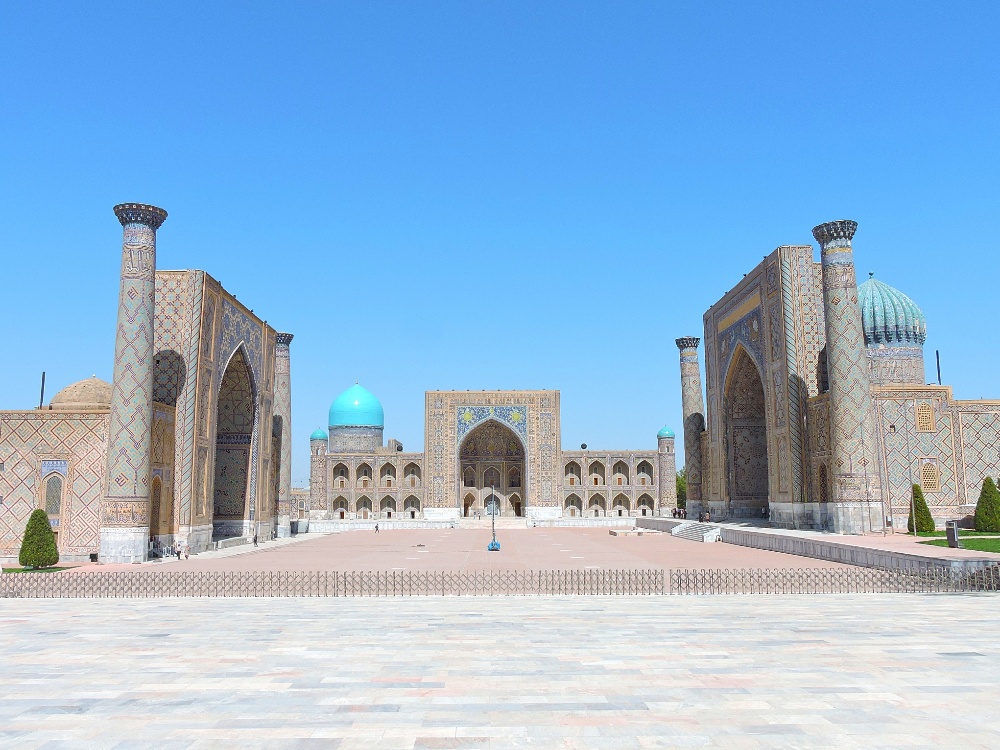
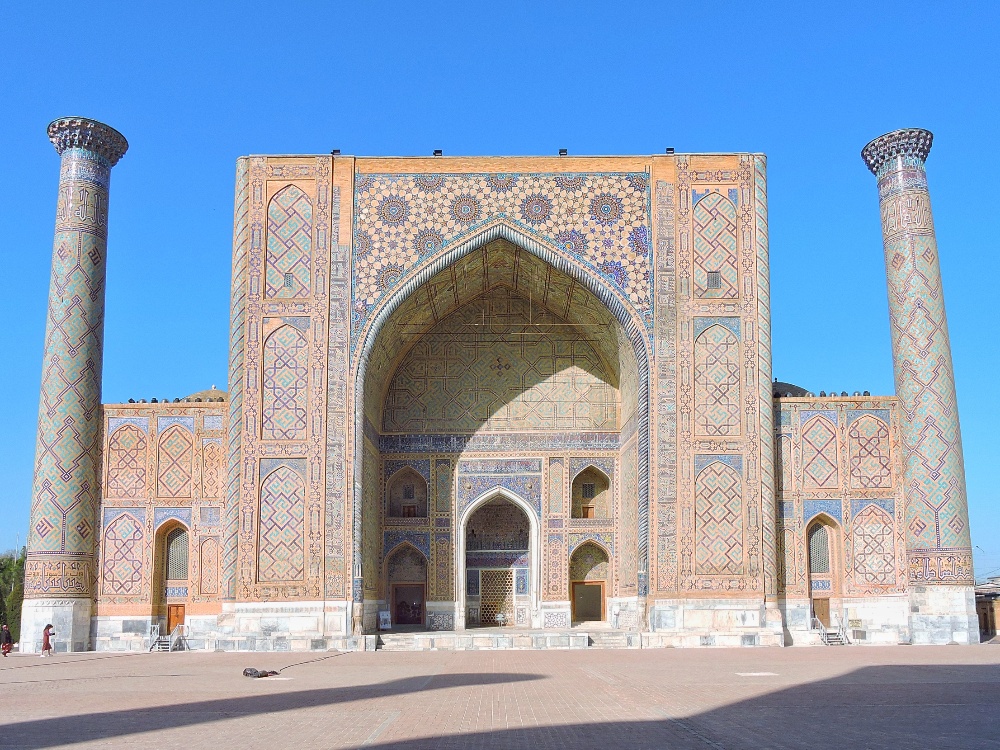
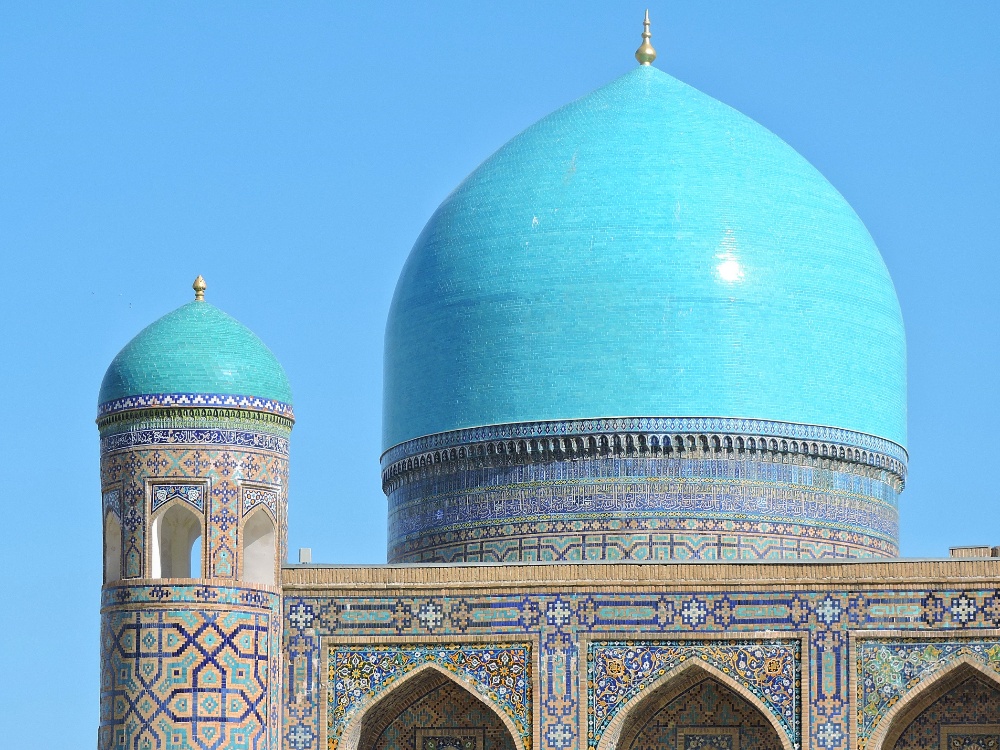
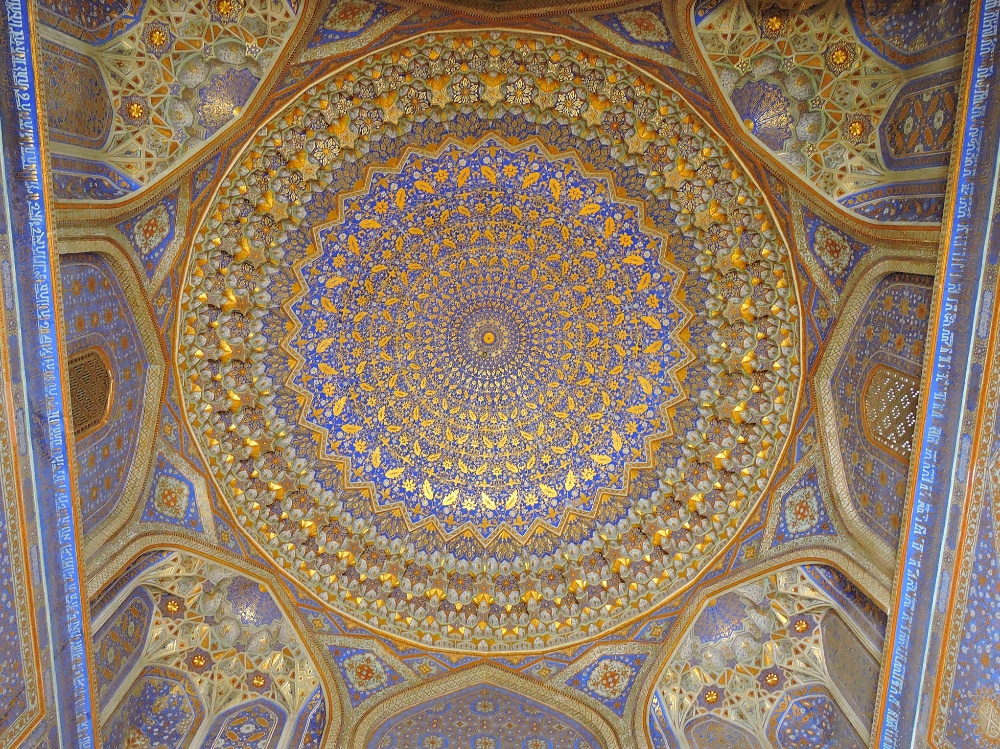
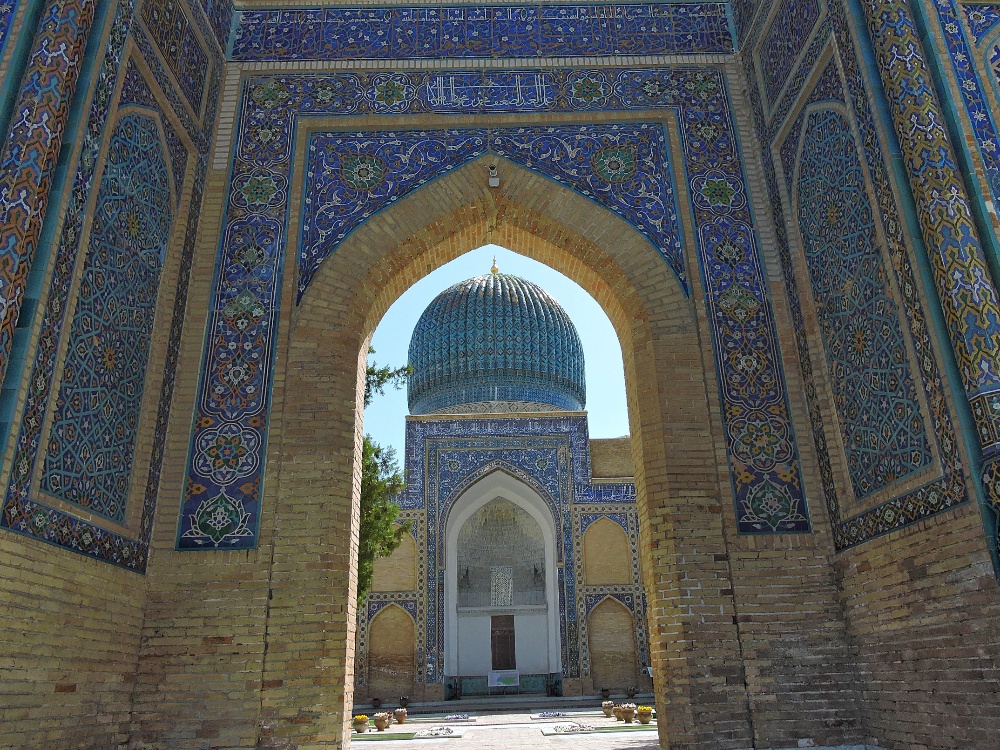
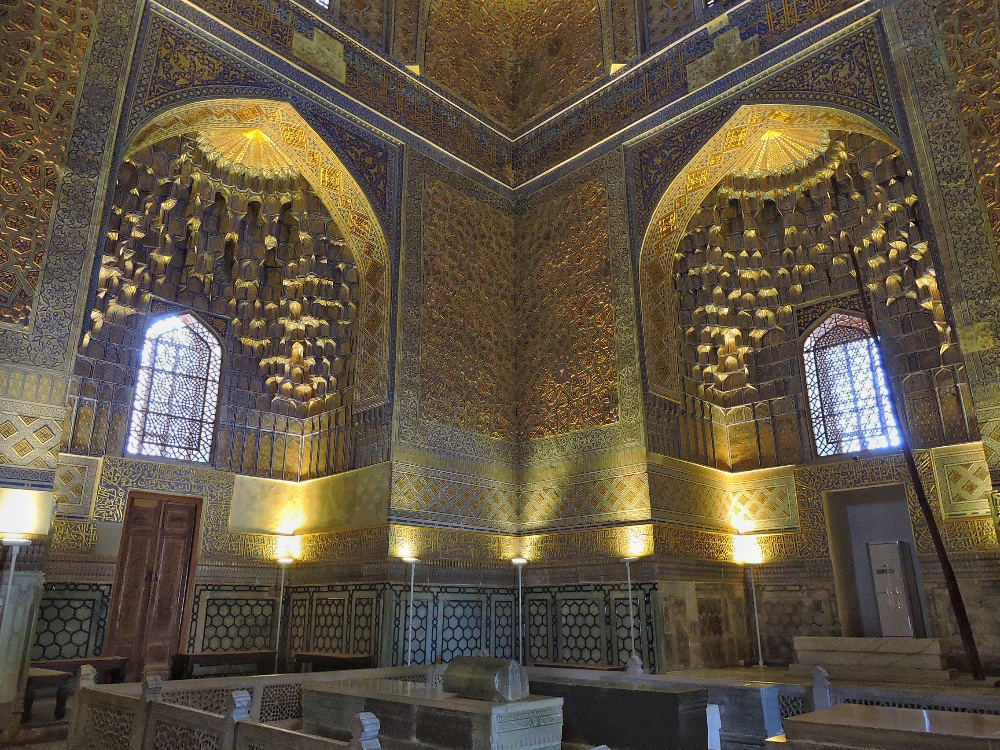
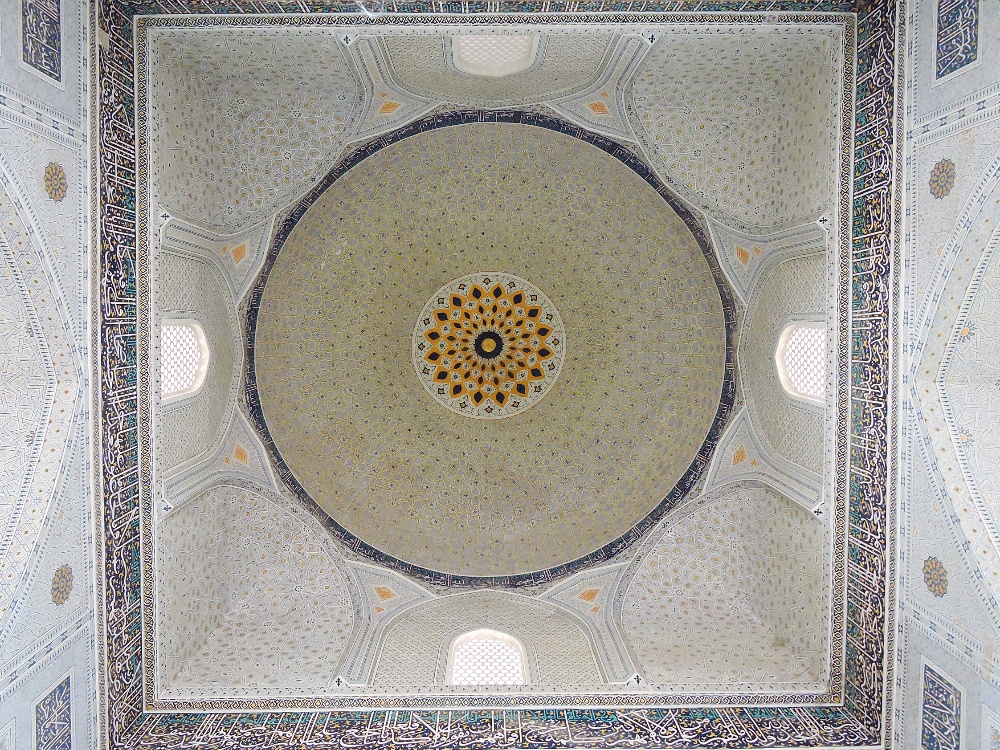
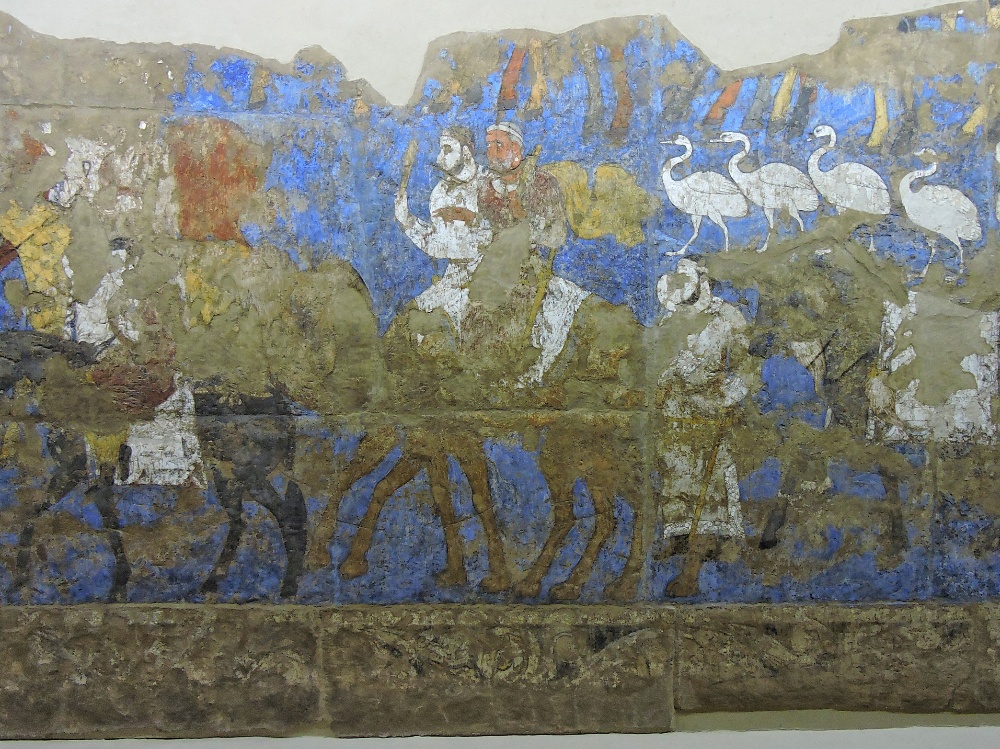
The smallest of the four Sites came next, namely Shakhrisabz, located a short distance to the south of Samarkand. Best known as being the birthplace of Amir Timur, Uzbekistan's national hero, today its most recognized landmark is the ruins of the Ak-Saray Palace, which once boasted a grand sixty-five-meter-tall entranceway, of which only a small portion remains today.
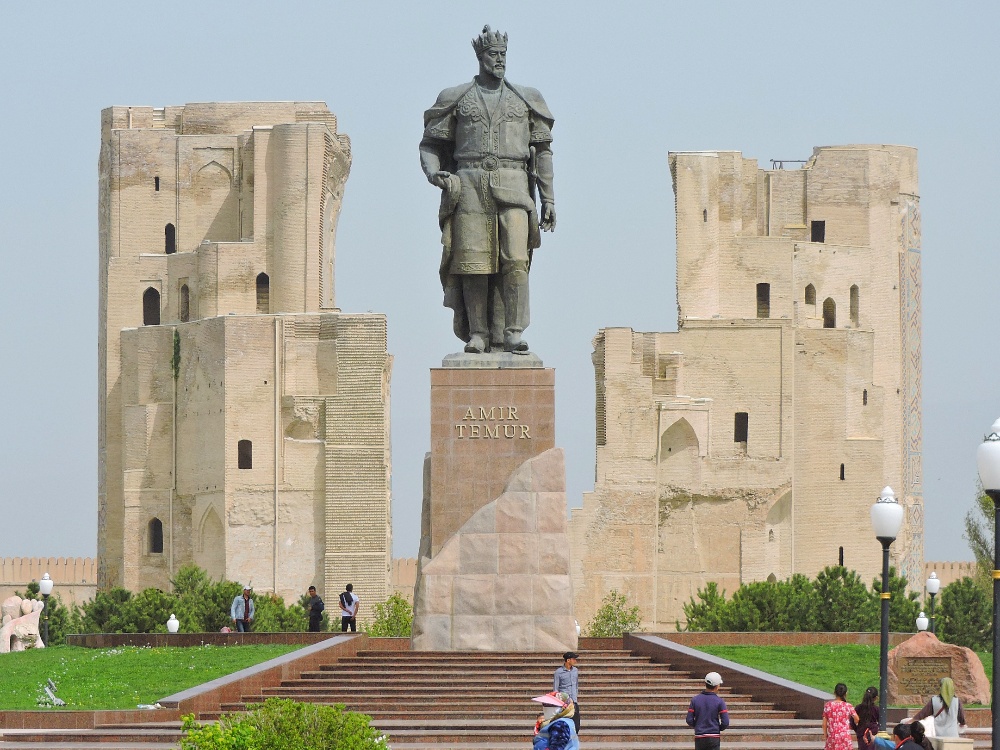
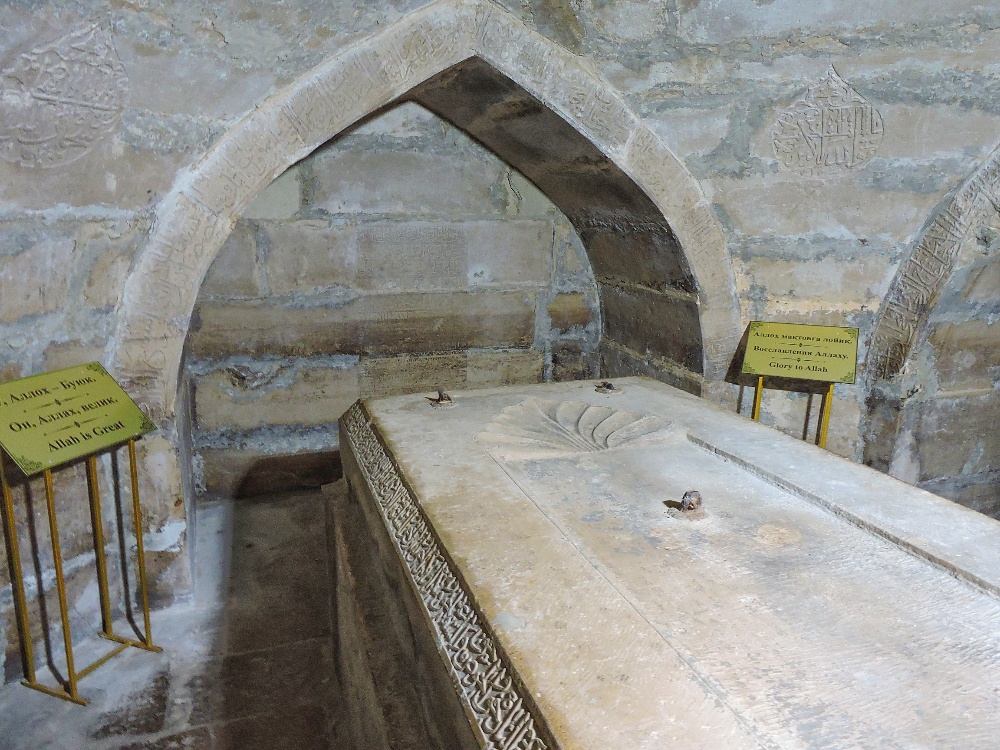
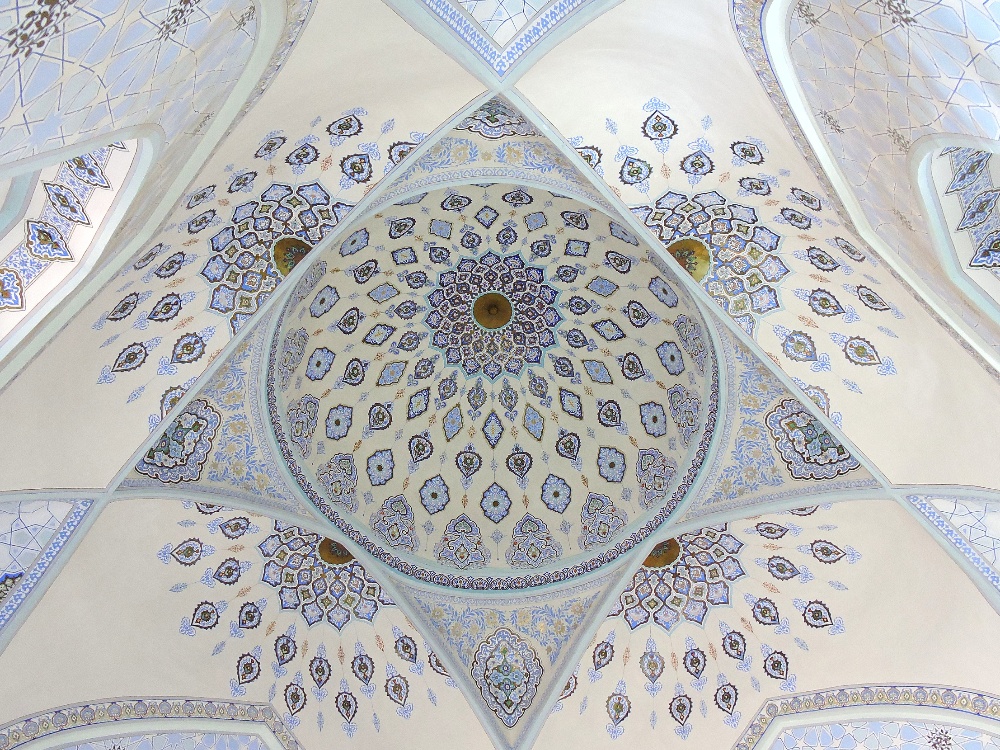
Following that I made a fairly lengthy stop at Bukhara, another ancient city, long a rival to Samarkand. With several interesting mosques, madrasas, and other landmarks, the city is probably most famous for maintaining its original city plan, and, especially, for its historic mercantile domes, bazars important to Bukhara's role as a major center of trade, in use from the Silk Road days until today. Bukhara possessed a considerable amount of autonomy lasting into the twentieth century until the Red Army finally took the fortress known as the Ark of Bukhara in 1920.
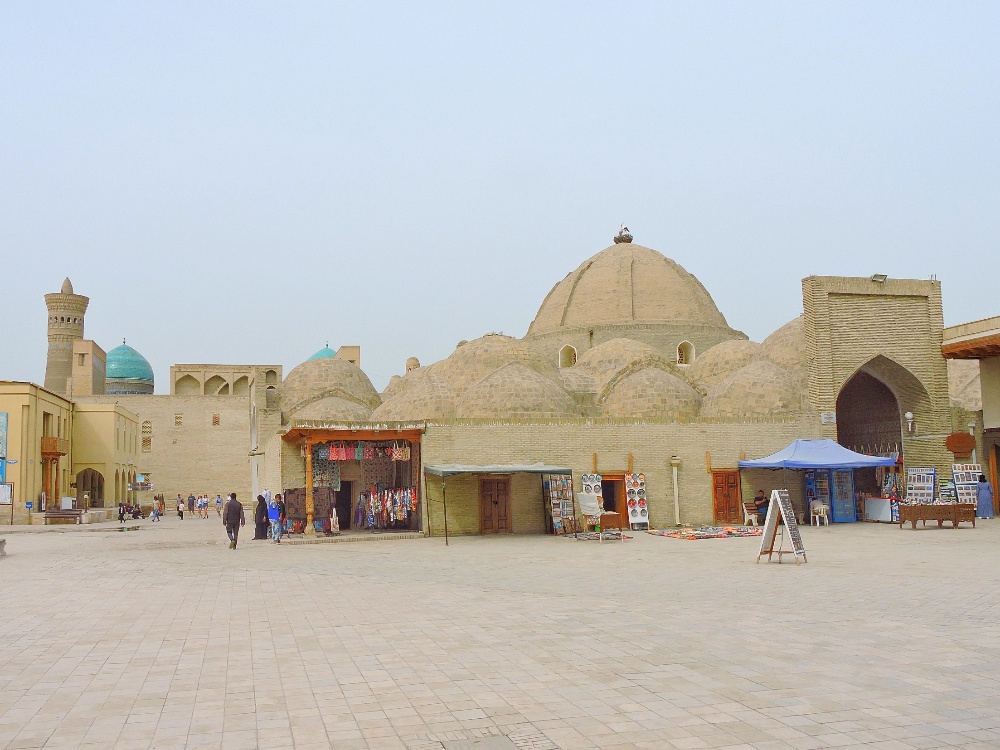
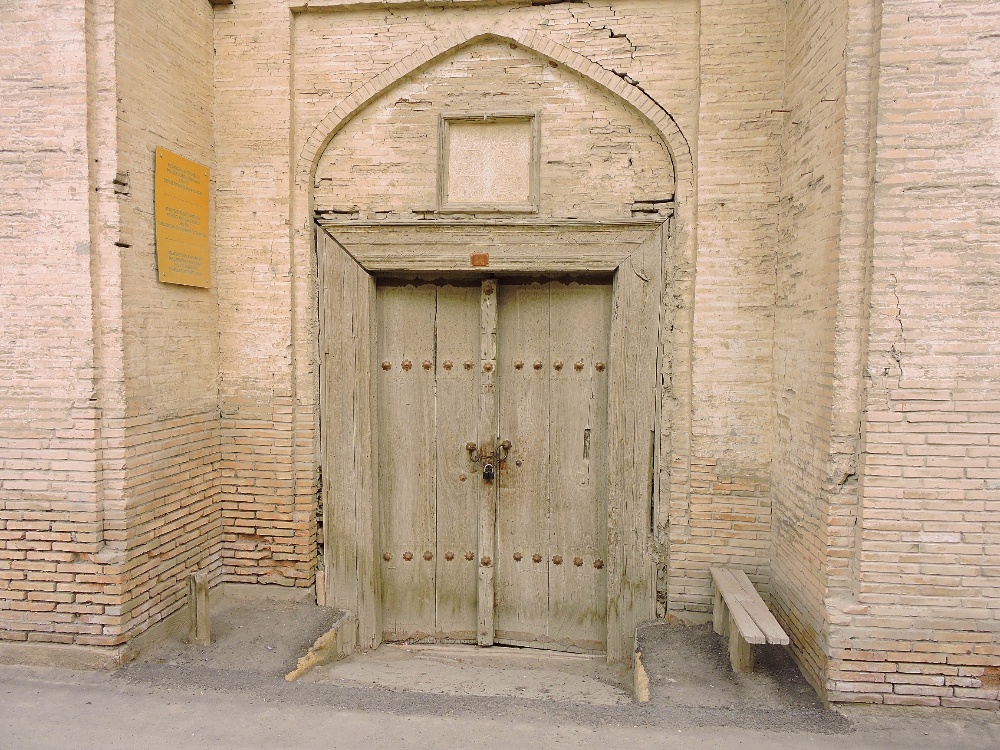
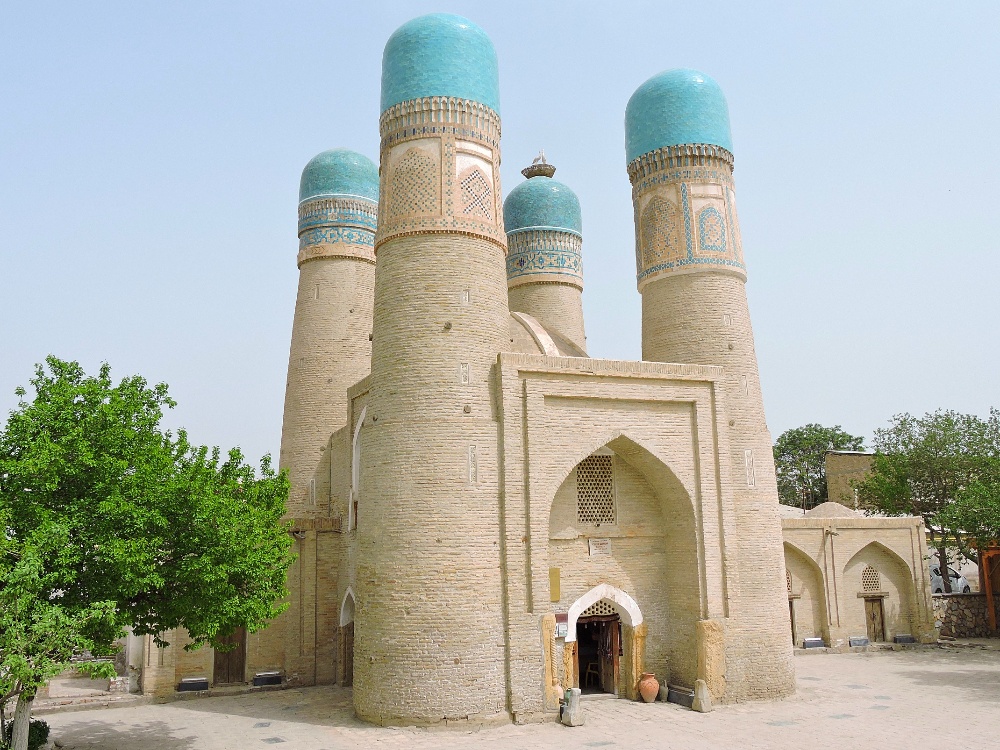
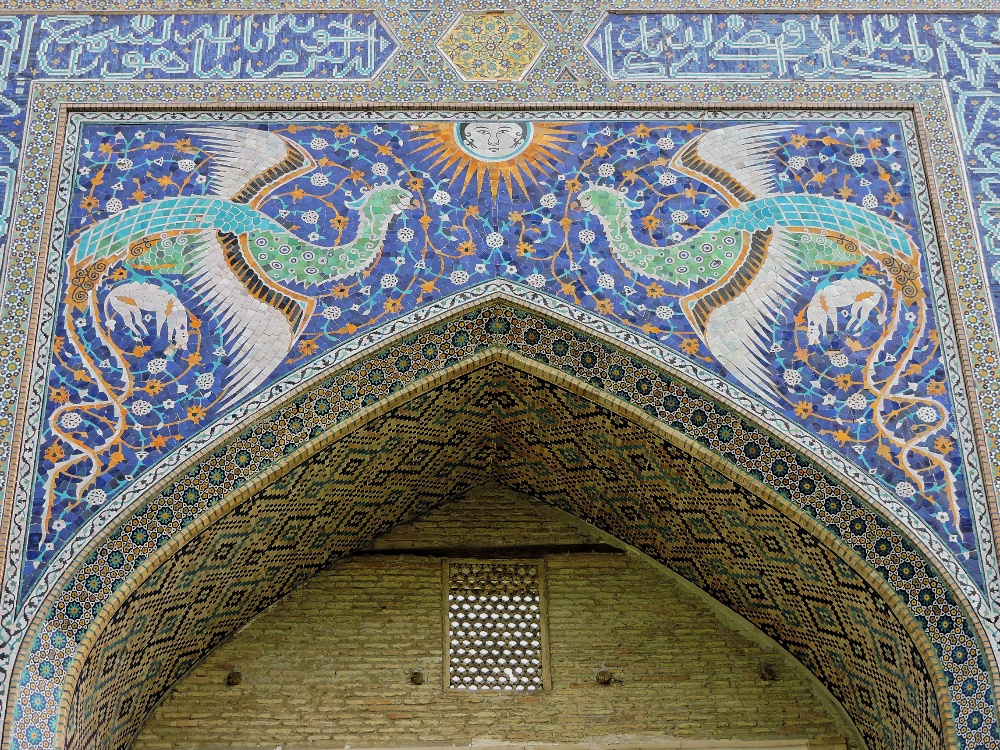
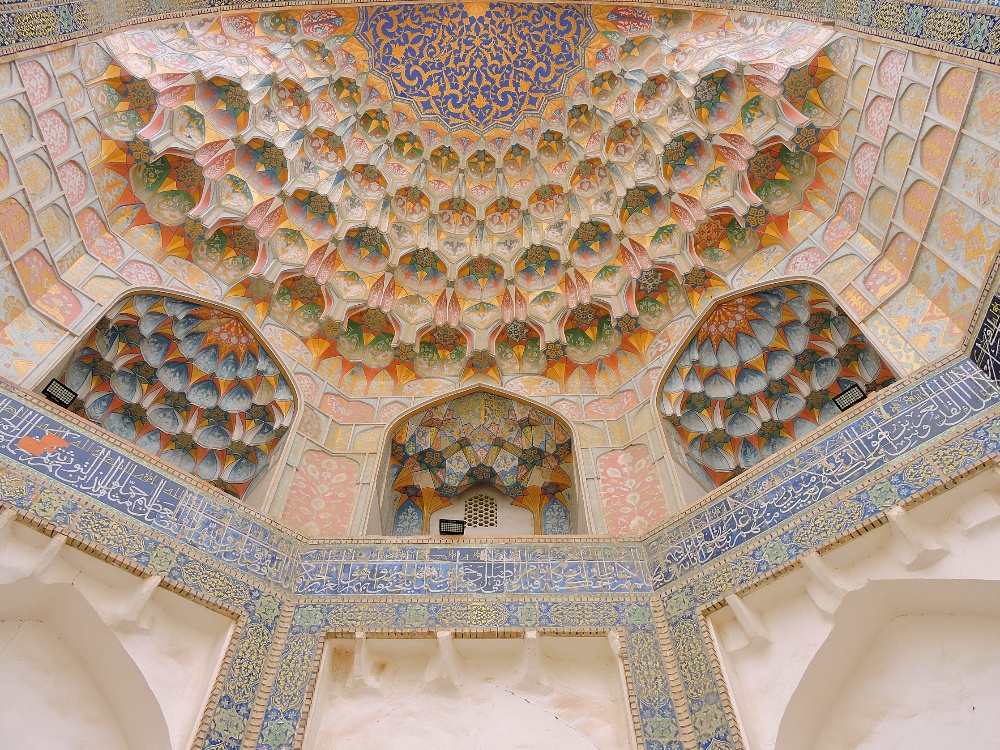
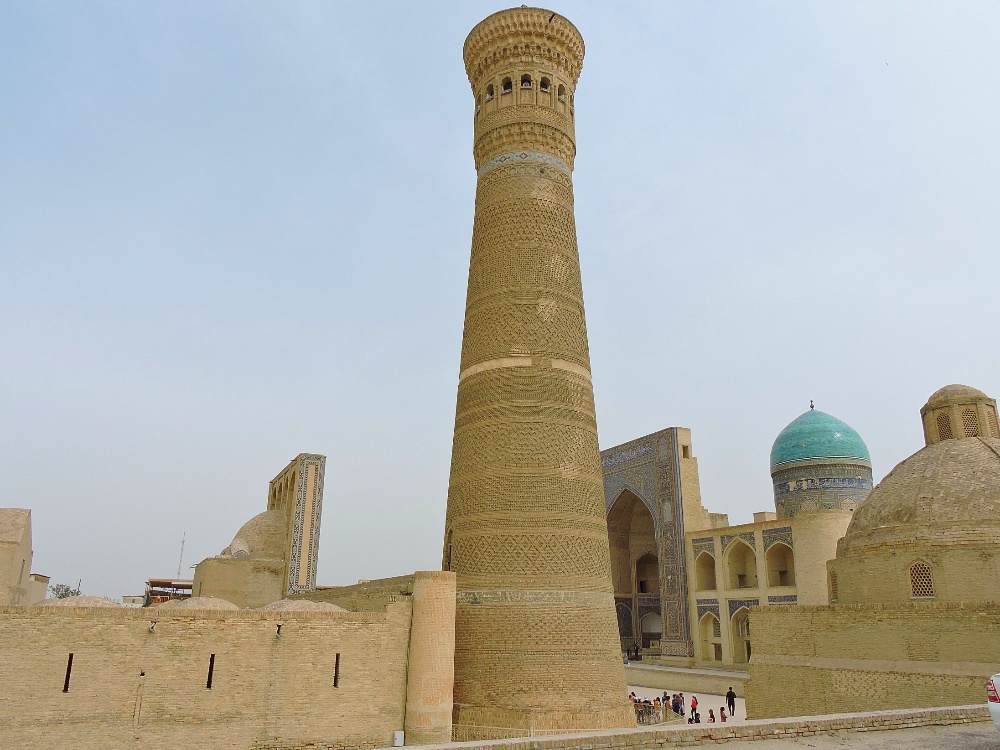
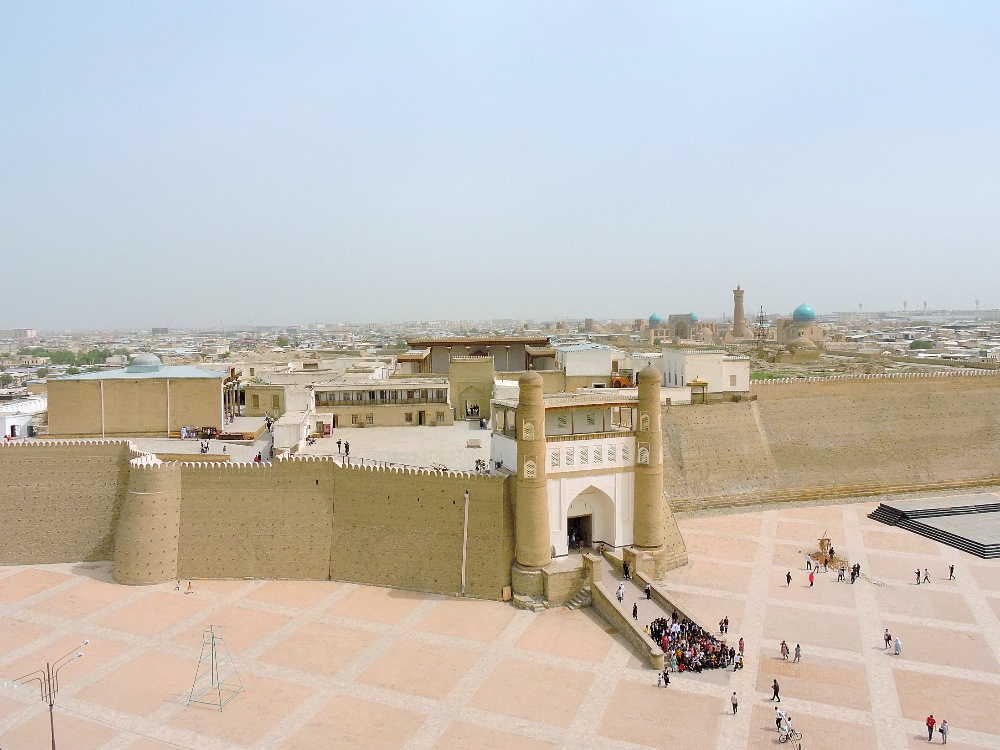
My last visit was to Itchan Kala, once the capital of the Khivan Khanate. Khiva had once been a part of one of the four fragments of the Mongol Empire, but eventually established itself as a small independent entity, existing as a largely forgotten territory for four hundred years, thanks in part to its ability to irrigate the surrounding lands with waters from the Amu Darya River, until the country was finally absorbed by Russia in 1873. It seems to have been the type of small oasis town that lost desert explorers would have been lucky to stumble into in the plots of bad twentieth-century adventure movies. Today the small walled city center has been significantly restored and, though only a few people still live there, of the four Sites it does give perhaps the best impression of what life in the original town would have been like, especially since the historic area is mostly car-free.
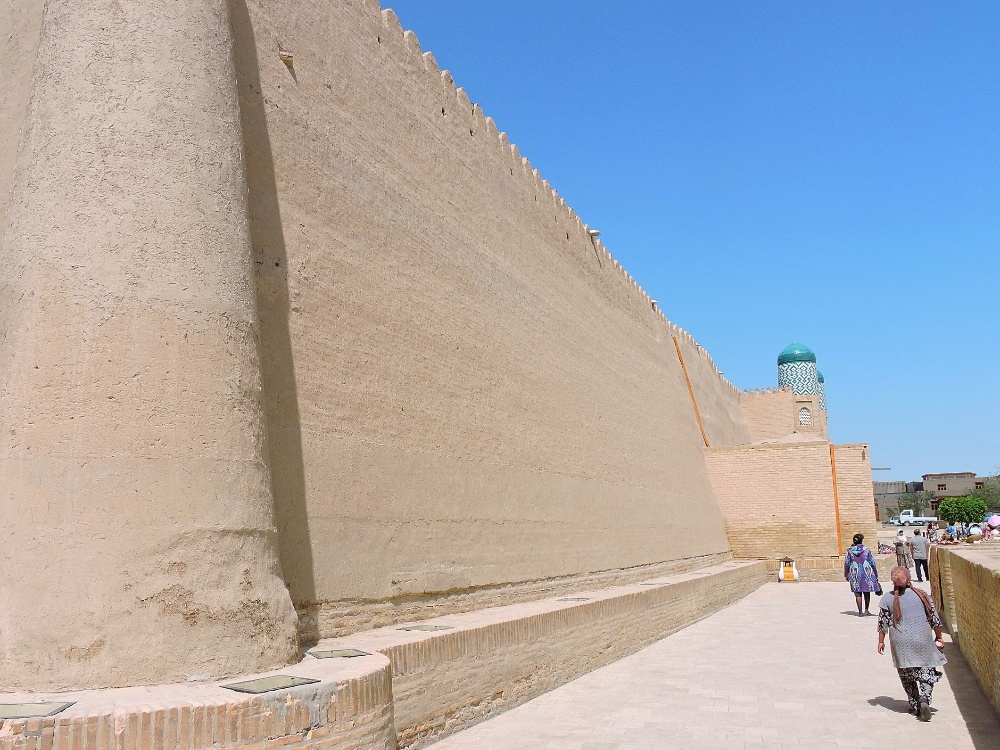
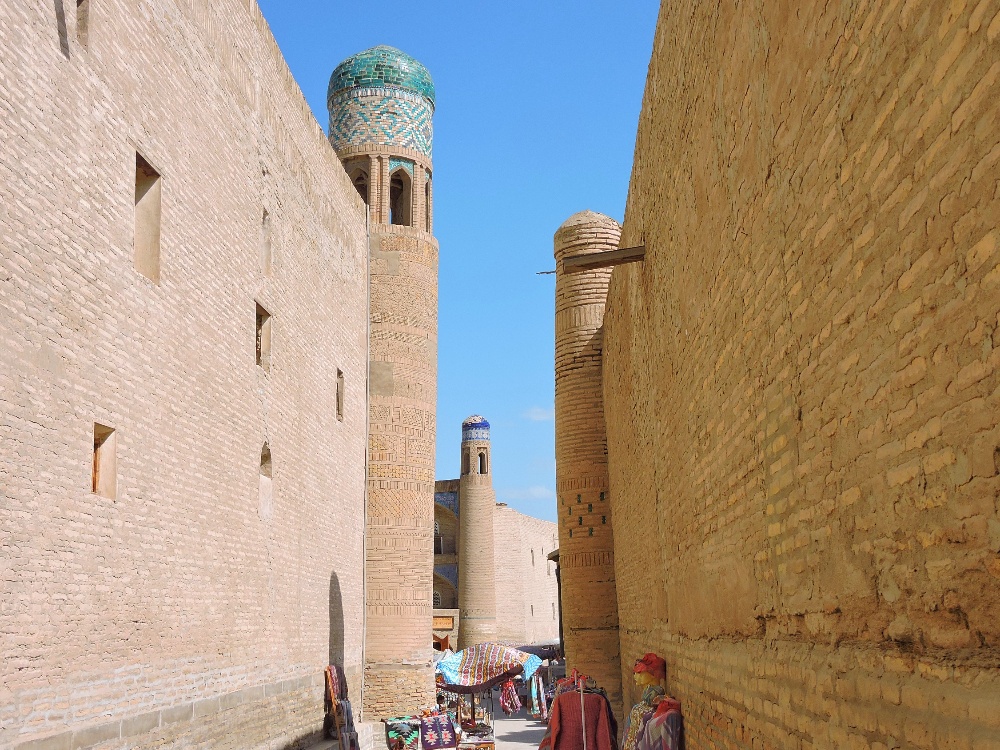
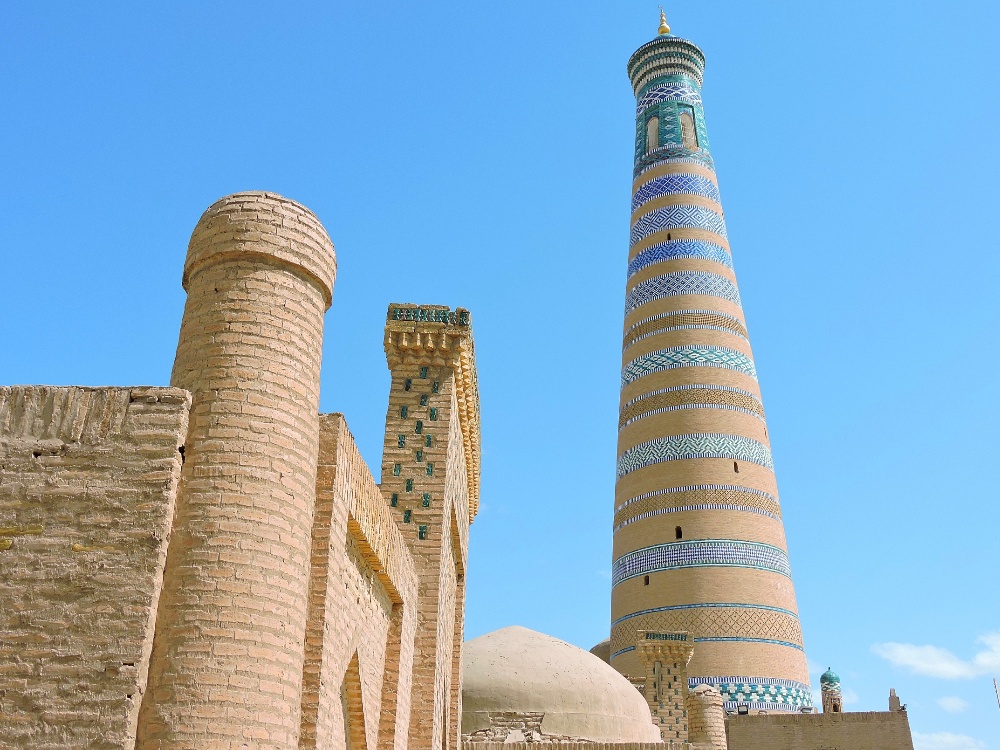
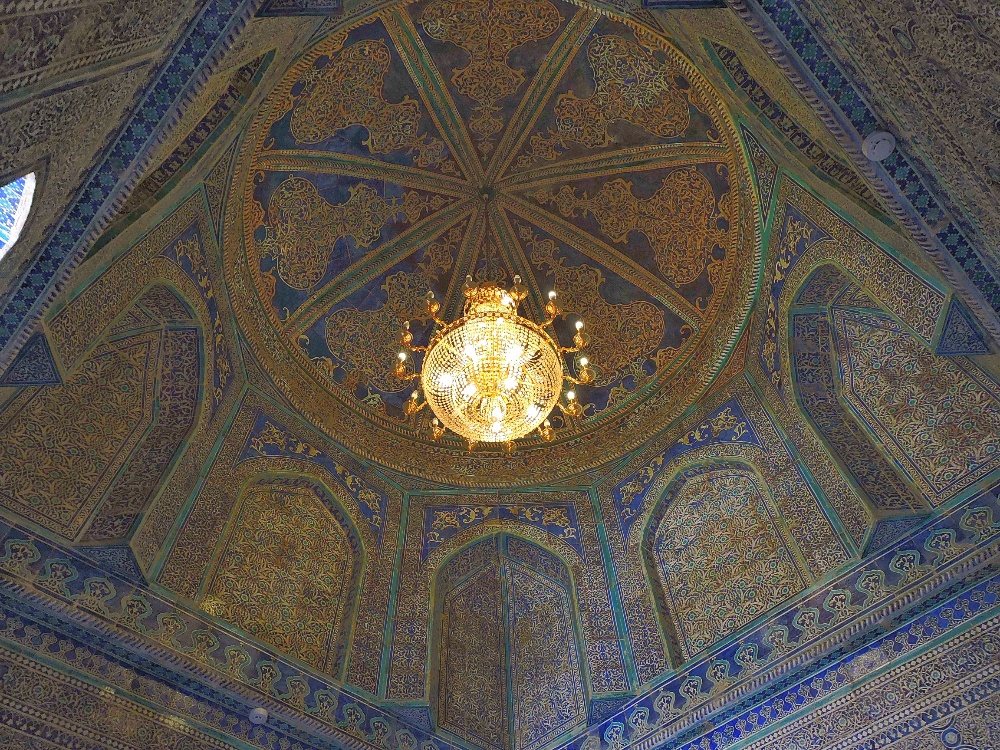
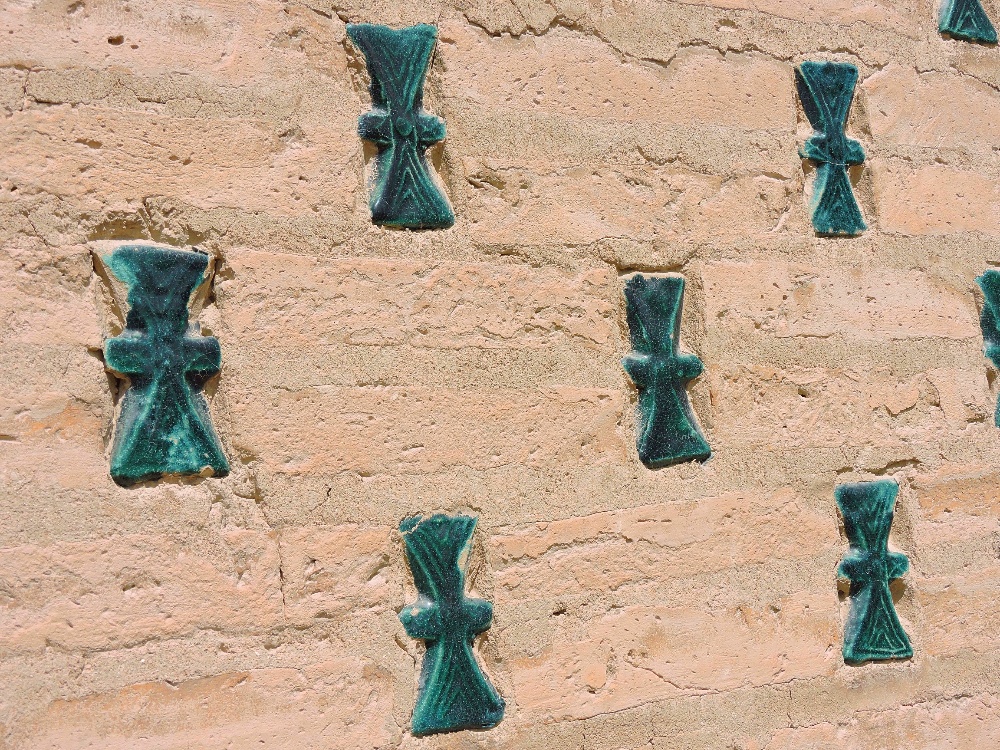
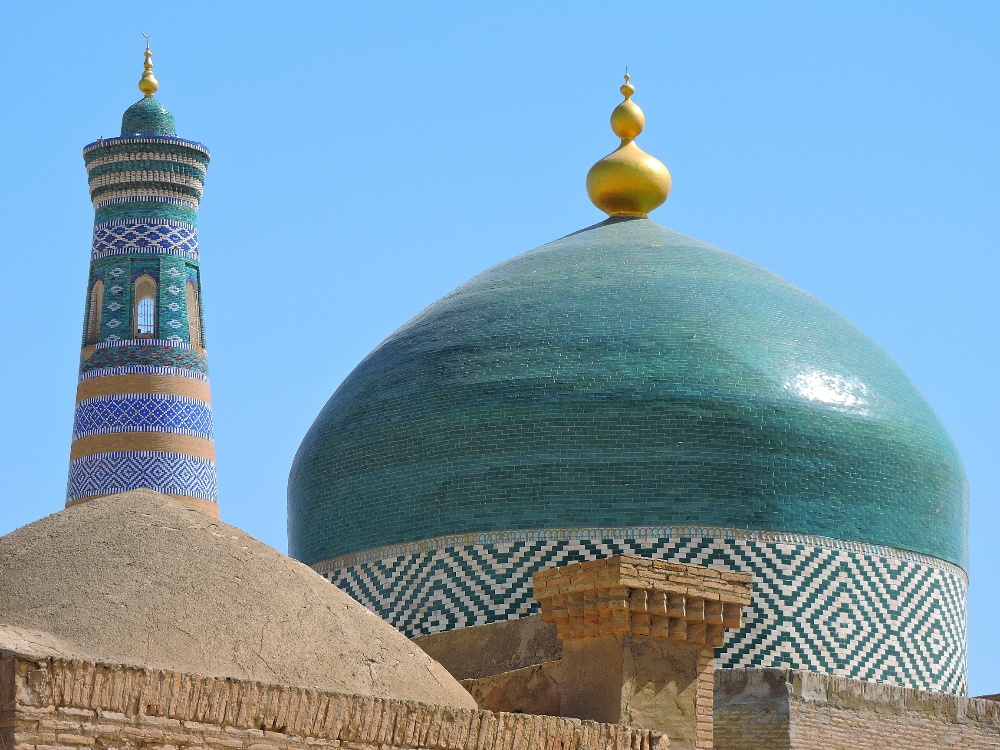
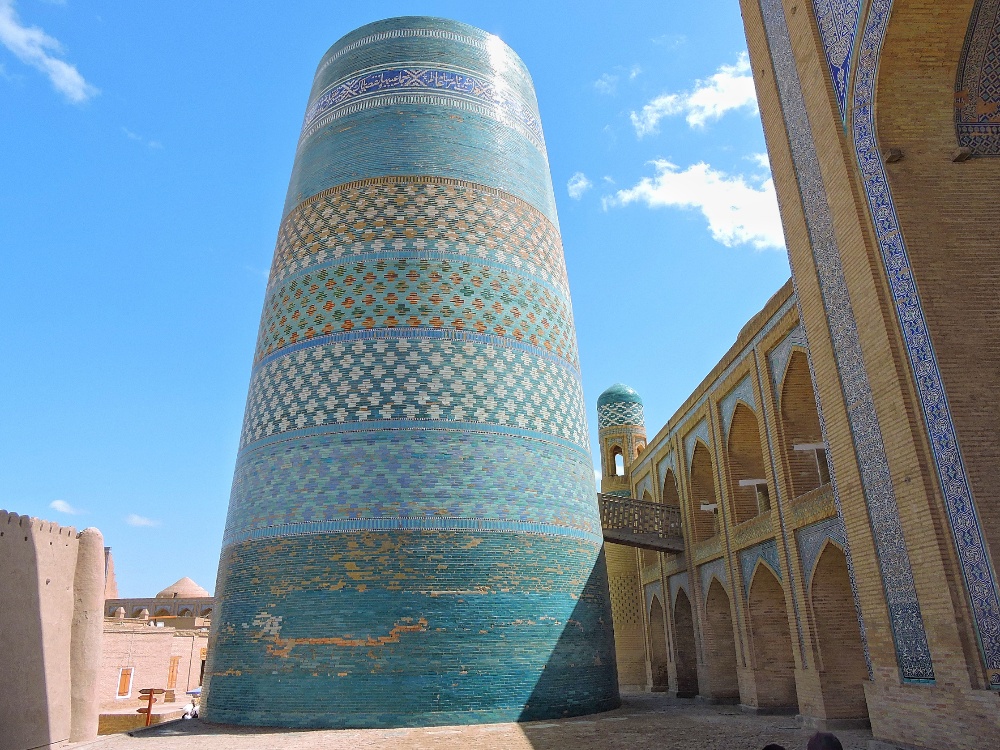
These four Sites were all very enjoyable places for me to visit, and I am very glad that I was eventually able to see them. As my number of remaining Site visits for the Tour dwindles, it also feels good to have included several that are above average in terms of quality, with a few more of those yet to come.
Slava Ukraini!!